-

 2025.3Q C&R Newsletter
2025.3Q C&R Newsletter
2025-09-30 -

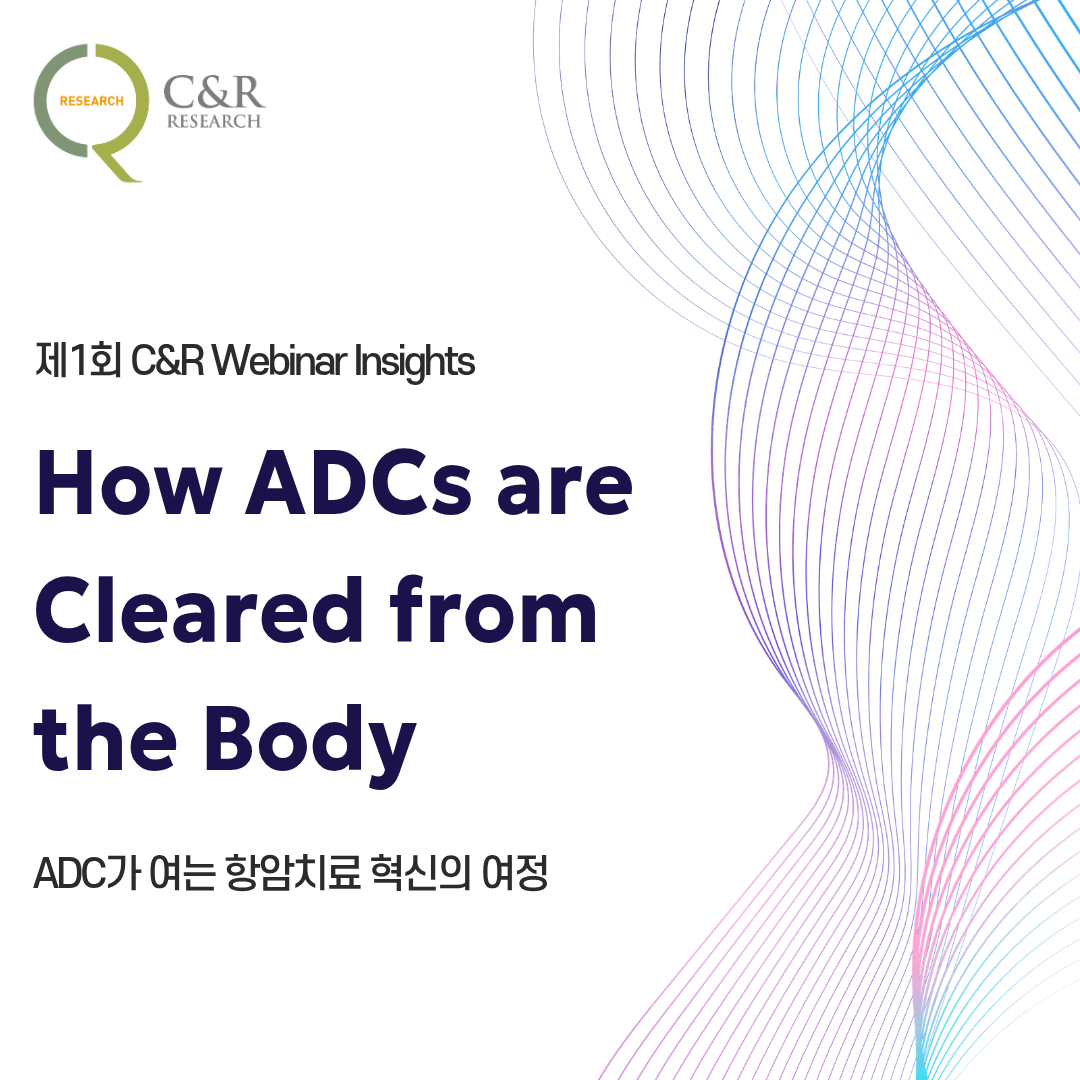 [The 1st C&R Webinar Insights] How ADCs are Cleared from the Body
[The 1st C&R Webinar Insights] How ADCs are Cleared from the BodyThis is the final part of the 1st C&R Webinar Insights series. * In the previous part, we discussed strategies for successful payload development. In this part, we focus on how ADCs are metabolized and degraded in the body. * | ADC DegradationThe structure of ADC is complex, similar to monoclonal antibody-based therapeutics, and its degradation involves both non-specific and target-specific mechanisms. Non-specific degradation primarily occurs through uptake by macrophages and endothelial cells, followed by protein breakdown in various tissues such as the skin, muscle, and liver. These cells internalize antibodies via non-specific pinocytosis and degrade them through lysosomal proteolysis. For target-specific degradation, ADCs most commonly undergo target-mediated clearance, where the antibody binds to its intended cell-surface antigen, is internalized, and degraded intracellularly according to the ADC’s designed mechanism of action.Please refer to the figure below for an overview of the ADC degradation process. Figure reference: Metrangolo V, Engelholm LH. Antibody-Drug Conjugates: The Dynamic Evolution from Conventional to Next-Generation Constructs. Cancers (Basel). 2024;16(2):447 * We hope these insights provide valuable perspectives for your ADC research and development. Thank you for your continued interest. * | References 1. Lucas AT, Robinson R, Schorzman AN, Piscitelli JA, Razo JF, Zamboni WC. Pharmacologic Considerations in the Disposition of Antibodies and Antibody-Drug Conjugates in Preclinical Models and in Patients. Antibodies (Basel). 2019;8(1):3. Published 2019 Jan 1. doi:10.3390/antib8010003 2. Gao Y, Xia Y, Chen Y, et al. Key considerations based on pharmacokinetic/pharmacodynamic in the design of antibody-drug conjugates. Front Oncol. 2025;14:1459368. Published 2025 Jan 9. doi:10.3389/fonc.2024.1459368 3. Mahmood I. Clinical Pharmacology of Antibody-Drug Conjugates. Antibodies (Basel). 2021;10(2):20. Published 2021 May 21. doi:10.3390/antib10020020 4. Nguyen TD, Bordeau BM, Balthasar JP. Mechanisms of ADC Toxicity and Strategies to Increase ADC Tolerability. Cancers (Basel). 2023;15(3):713. Published 2023 Jan 24. doi:10.3390/cancers15030713 *
2025-09-24 -

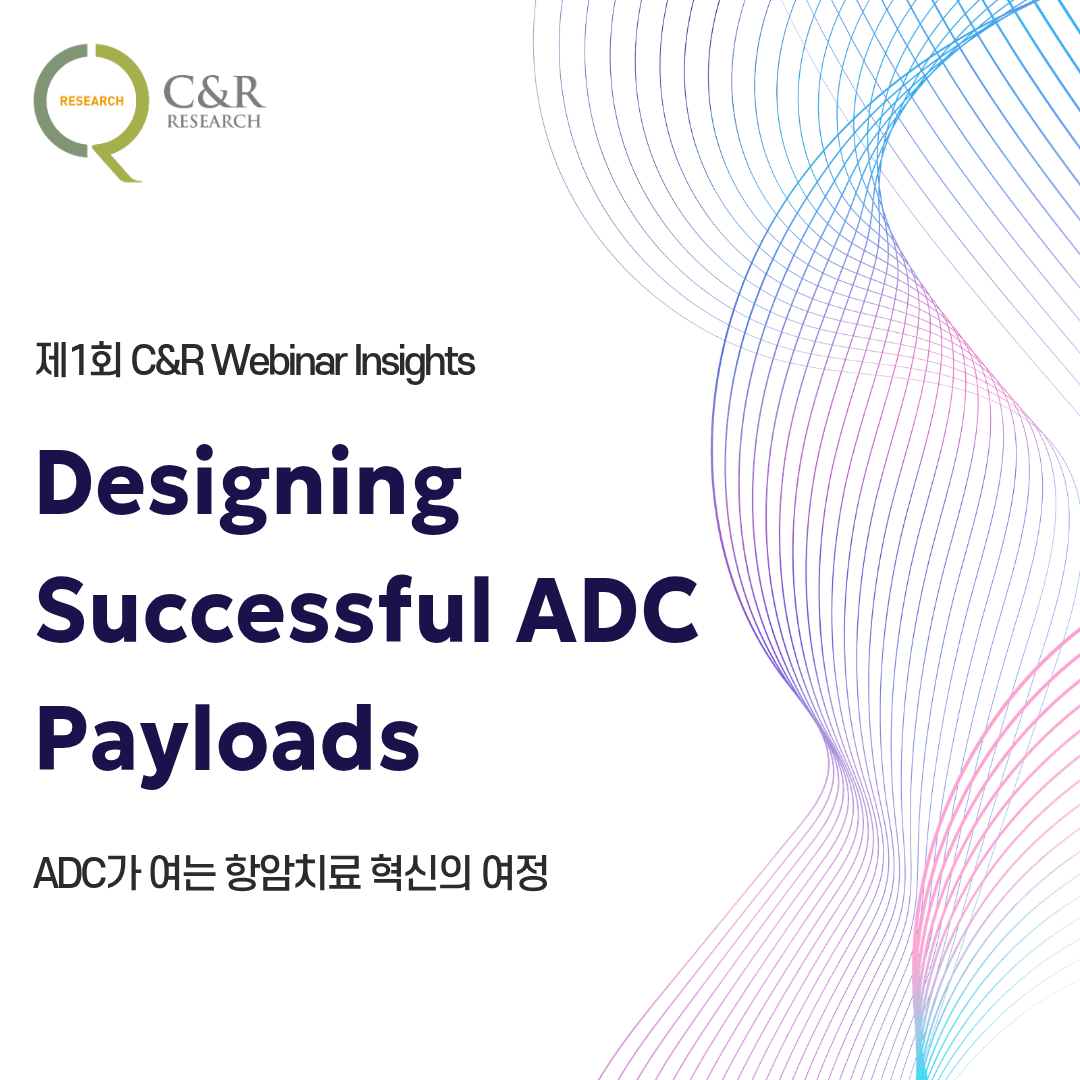 [The 1st C&R Webinar Insights] Designing Successful ADC Payloads
[The 1st C&R Webinar Insights] Designing Successful ADC PayloadsThis is the third part of the 1st C&R Webinar Insights series. * In the previous part, we explored clinical development strategies to expand the market share of an ADC with palliative intent. In this part, we turn our focus to clinical development strategies for successful payload design. * 1. Enhancing SelectivitySelectivity can be improved not only through the identification of cancer-specific targets but also by designing payloads that leverage aberrant signaling pathways or hyperactivated intracellular processes unique to cancer cells. Another promising approach involves developing the ADC in the form of a Probody-Drug Conjugate(PDC), in which the probody is removed upon reaching the tumor microenvironment, triggering the release of the cytotoxic payload. 2. Understanding Payload ResistanceAs the ADC has become more widely used, mechanisms of ADC resistance have been increasingly elucidated. Three primary mechanisms of resistance have been identified: [1] Reduced antigen expression following prolonged ADC exposure [2] Alterations in intracellular trafficking pathways [3] Upregulation of drug efflux pumps leading to payload resistance Ongoing research on novel payloads, dual payload approaches, and BsADCs aims to enhance therapeutic efficacy and minimize resistance. 3. Strengthening Safety through Novel PayloadsIt is known that only a small fraction of administered ADCs reach their intended tumor cells. Novel payloads offer an opportunity to improve safety profiles compared to conventional ADCs, enabling the development of more competitive and clinically viable therapeutics. 4. ADC Sequencing & Synergistic CombinationWhen developing novel payloads, it is important to consider not only the intrinsic properties of the payload itself but also its potential synergy with other ADCs and its ability to overcome resistance from prior ADC treatments. A strategic, integrated approach to payload design is key to developing next-generation, high-performing ADCs. * We hope these insights provide valuable perspectives for your ADC research and development. Thank you for your continued interest. * | References 1. Metrangolo V, Engelholm LH. Antibody-Drug Conjugates: The Dynamic Evolution from Conventional to Next-Generation Constructs. Cancers (Basel). 2024;16(2):447. Published 2024 Jan 20. doi:10.3390/cancers16020447 2. Izzo D, Ascione L, Guidi L, et al. Innovative payloads for ADCs in cancer treatment: moving beyond the selective delivery of chemotherapy. Ther Adv Med Oncol. 2025;17:17588359241309461. Published 2025 Jan 2. doi:10.1177/17588359241309461 3. Grairi M, Le Borgne M. Antibody-drug conjugates: prospects for the next generation. Drug Discov Today. 2024;29(12):104241. doi:10.1016/j.drudis.2024.104241 4. Long R, Zuo H, Tang G, et al. Antibody-drug conjugates in cancer therapy: applications and future advances. Front Immunol. 2025;16:1516419. Published 2025 May 21. doi:10.3389/fimmu.2025.1516419 5. Wang Z, Li H, Gou L, Li W, Wang Y. Antibody-drug conjugates: Recent advances in payloads. Acta Pharm Sin B. 2023;13(10):4025-4059. doi:10.1016/j.apsb.2023.06.015 6. Huppert LA, Mahtani R, Fisch S, et al. Multicenter retrospective cohort study of the sequential use of the antibody-drug conjugates (ADCs) trastuzumab deruxtecan (T-DXd) and sacituzumab govitecan (SG) in patients with HER2-low metastatic breast cancer (MBC). NPJ Breast Cancer. 2025;11(1):34. Published 2025 Apr 15. doi:10.1038/s41523-025-00748-5 *
2025-09-17 -

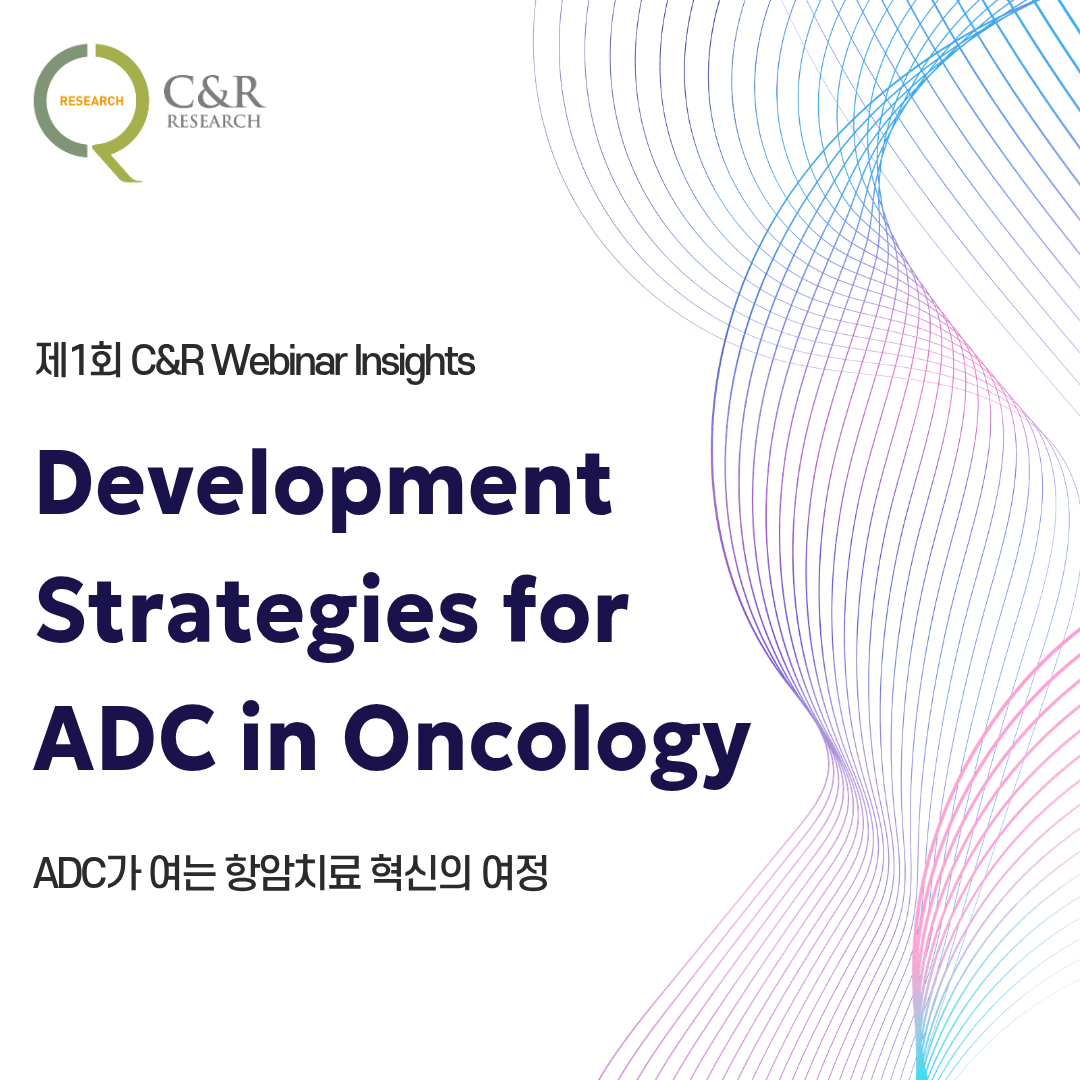 [The 1st C&R Webinar Insights] Development Strategies for ADC in Oncology
[The 1st C&R Webinar Insights] Development Strategies for ADC in OncologyWelcome to the second part of the 1st C&R Webinar Insights series. * In the first entry of our series, we explored Next-Generation ADC, focusing on BsADC(Bispecific ADC). This part focuses on clinical development strategies to increase the market share of an ADC with palliative intent. * 1. Discovery and Selection of Ideal Target AntigensIt is crucial to select antigens that are highly expressed in tumors but minimally expressed in normal tissues to minimize adverse effects. Targeting antigens that are commonly present across most patients with a specific cancer type can also broaden the potential patient pool. Selecting non-secretory antigens ensures ADC accuracy and safety, while choosing targets with strong endocytosis capability and appropriate intracellular transport pathways can maximize ADC cytotoxic effects. 2. Biomarker-Based Patient SelectionIdentifying patient populations where the therapeutic effect is likely to be optimal can maximize medical efficiency. The use of CDx(Companion Diagnostics) in a 'Dx-Rx co-development model' can accelerate regulatory approval. Building a biomarker-driven R&D pipeline and incorporating next-generation technologies such as liquid biopsy and AI-based biomarker discovery positions ADC development to lead the market. 3. Combination Therapy StrategiesADC can be combined with other anticancer agents or immunotherapies to achieve synergistic effects. In solid tumors, antigen expression is often heterogeneous, making it difficult to achieve sufficient efficacy with a single target. Strategies such as enhanced payload utilization, BsADC development, and combination therapy approaches are being considered. 4. Safety Improvement StrategiesAlthough ADC aim to minimize toxicity by selectively targeting cancer cells, systemic toxicity remains a concern. Optimizing linkers, payloads, conjugation methods, and target antigens can address issues such as linker instability and DAR(Drug–Antibody Ratio) variability. In parallel, balancing dosing and toxicity is critical to improve overall safety profiles. 5. Significance of Overall Survival(OS) DataThe FDA’s draft guidance (August 2025) emphasizes the significance of Overall Survival(OS) assessment. Collecting robust, long-term OS data from early stages and building Real World Evidence(RWE) capabilities should be incorporated into clinical trial strategies. Focusing pipelines on mechanisms and therapeutic areas where demonstrating OS benefit is feasible, and engaging proactively with regulatory authorities such as the FDA, are essential for strategic clinical planning. 6. Expanding Indications to First-line TherapyFirst-line therapy offers high clinical value, significantly impacting patient survival and prognosis. Expanding ADC indications to first-line treatment provides a 'First-mover advantage', while also offering strategic value through long-term exclusivity secured by patents. * We hope these insights provide valuable perspectives for your ADC research and development. Thank you for your continued interest. * | References 1. Clinical Trial Endpoints for the Approval of Cancer Drugs and Biologics. Guidance for Industry. FDA, 2018. 2. Approaches to Assessment of Overall Survival in Oncology Clinical Trials(Draft). Guidance for Industry. FDA, 2025. 3. The Journey of Antibody–Drug Conjugates: Lessons Learned from 40 Years of Development. Cancer Discov. 2024;14:2089–108. 4. Antibody-drug conjugate combinations in cancer treatment: clinical efficacy and clinical study perspectives. Front. Pharmacol. 2025. *
2025-09-10 -

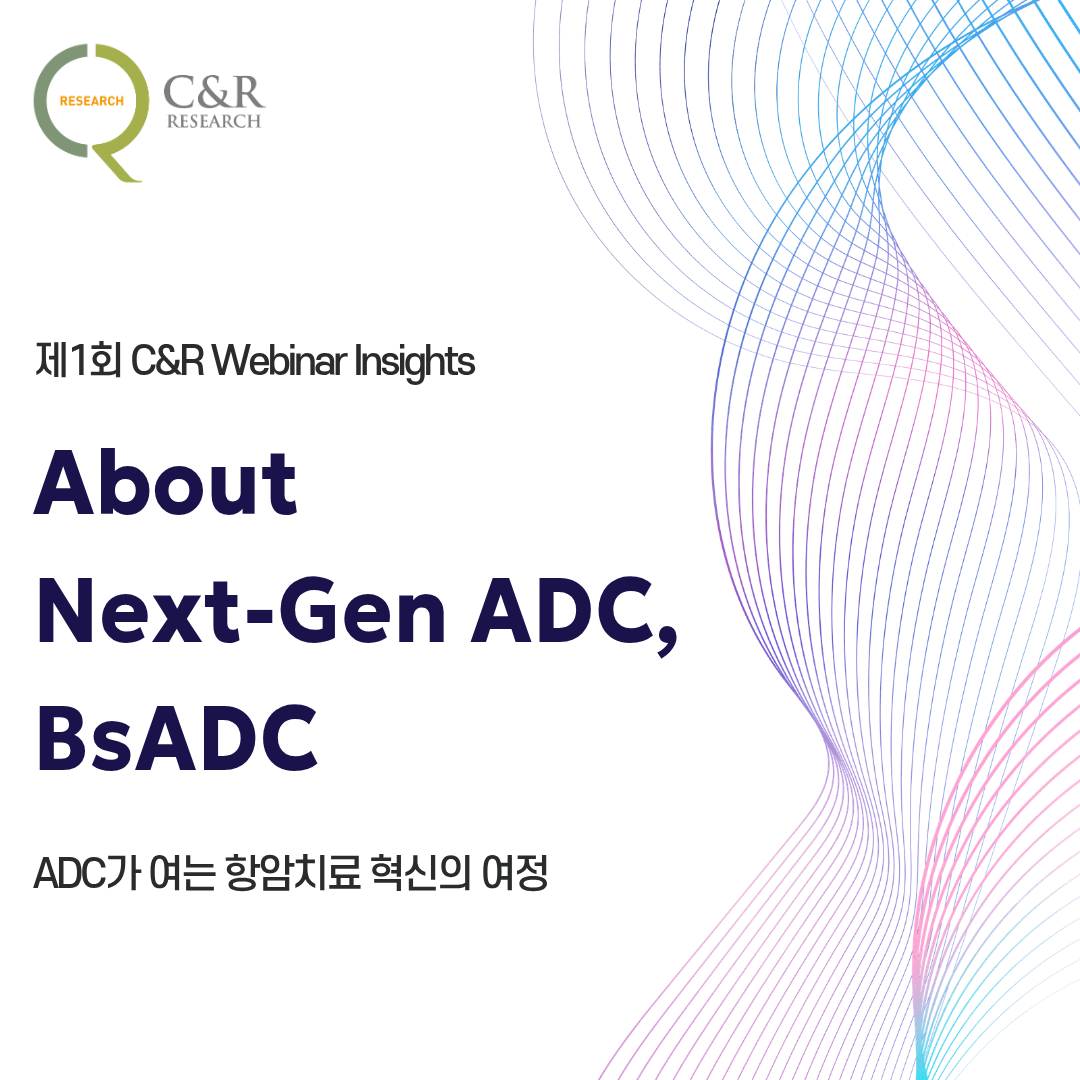 [The 1st C&R Webinar Insights] About Next-Gen ADC, BsADC(Bispecific ADC)
[The 1st C&R Webinar Insights] About Next-Gen ADC, BsADC(Bispecific ADC)On August 27, the 1st C&R Webinar was successfully held. * The 1st C&R Webinar focused on ADC(Antibody-Drug Conjugate), a rapidly evolving area in oncology drug development, and served as a valuable opportunity to share the latest insights. Over the coming weeks, we will share a four-part series highlighting the key insights from the 1st C&R Webinar. This first installment explores Next-Generation ADC, known as BsADC(Bispecific ADC). * 1. What is BsADC?BsADC is designed to address challenges such as tumor heterogeneity, drug resistance, and off-target toxicity. By enabling dual-antigen binding, BsADC can enhance both specificity and efficacy. Recent ADC development trends have shifted from a product-specific focus toward platform-based collaborations that integrate antibody engineering, linker chemistry, and manufacturing technologies. 2. Strategies for Next-Generation BsADC DevelopmentSo far, most BsADC research has targeted a limited set of co-expressed antigens, such as HER2, c-MET, and EGFR. However, future strategies are expected to broaden the range of target antigens by binding one Fab arm of the BsADC to antigens that are tumor-specific or exhibit high internalization efficiency, thereby enhancing drug potency. Furthermore, approaches that extend beyond tumor cell antigens, such as those leveraging the tumor microenvironment(TME) and including T-cell redirecting strategies, are also being actively explored. BsADC poses manufacturing and analytical challenges. Its complex molecular structure often leads to lower productivity and higher impurity levels, requiring advanced purification processes. Variability in the DAR(Drug–Antibody Ratio) and conjugation sites can directly affect efficacy and toxicity, highlighting the need for site-specific conjugation. In addition, proactive formulation studies are essential to minimize the risks of instability and aggregation caused by the unique structural characteristics of BsADC. Detailed characterization using LC-MS and LBA(Ligand Binding Assay) is also crucial to ensure molecular stability and quality throughout development. 3. The Future of BsADC DevelopmentFuture BsADC development will benefit from integrated optimization of antibodies, linkers, and payloads, alongside early consideration of manufacturability and quality control. Securing proprietary platform technologies or forming strategic partnerships can also help mitigate risks and improve efficiency. * We hope these insights provide valuable perspectives for your ADC research and development. Thank you for your continued interest. * | References 1. Bispecific antibody drug conjugates: Making 1+1>2. Acta Pharm Sin B. 2024;14(5):1965-1986. doi:10.1016/j.apsb.2024.01.009 2. Engineering precision: developing the next generation of antibody drug conjugates. The Pharmaceutical Journal. 2025. https://pharmaceutical-journal.com/article/feature/engineering-precision-developing-the-next-generation-of-antibody-drug-conjugates *
2025-09-03 -

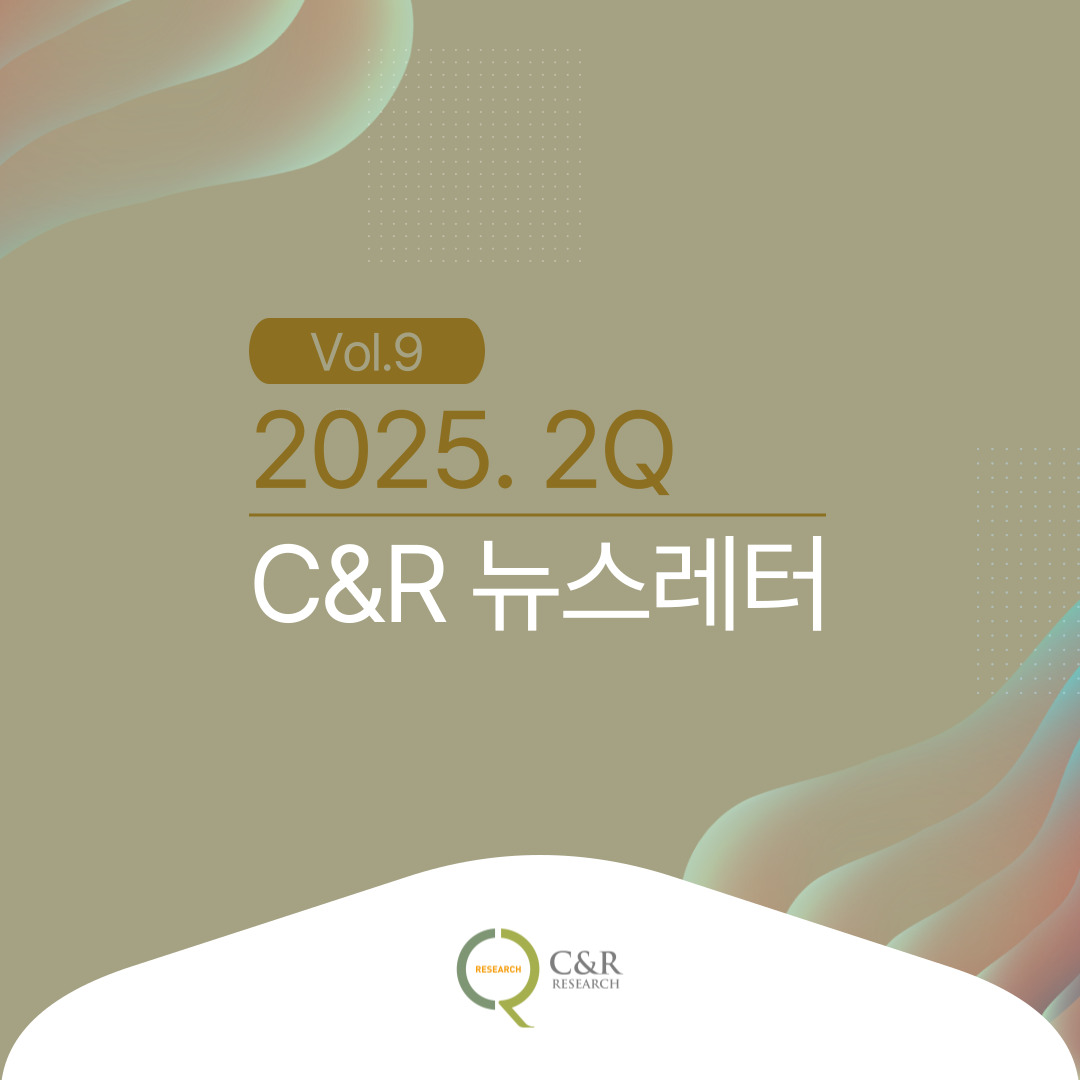 2025.2Q C&R Newsletter 2025-06-30
2025.2Q C&R Newsletter 2025-06-30